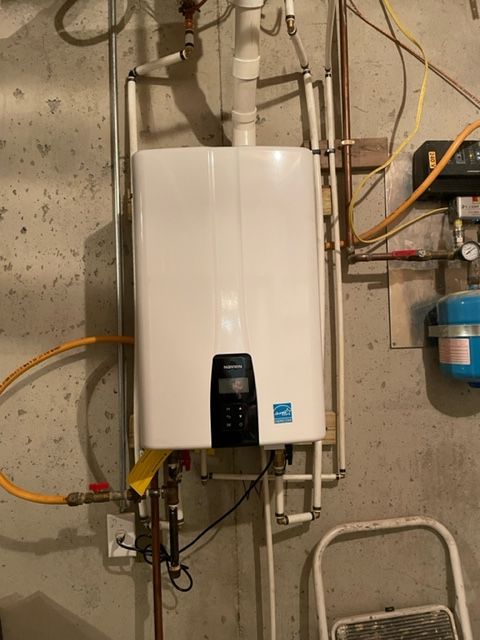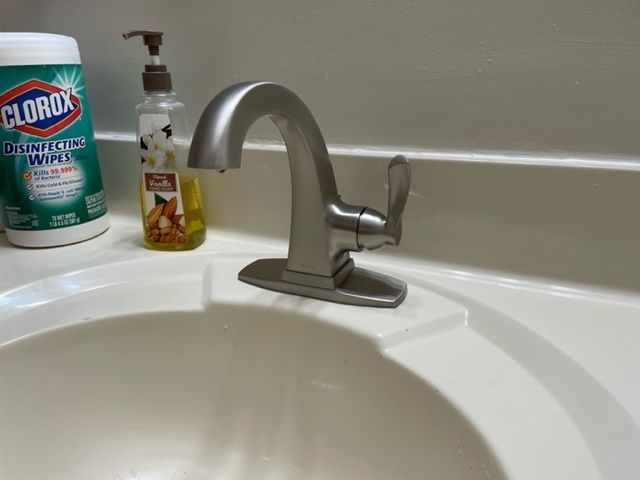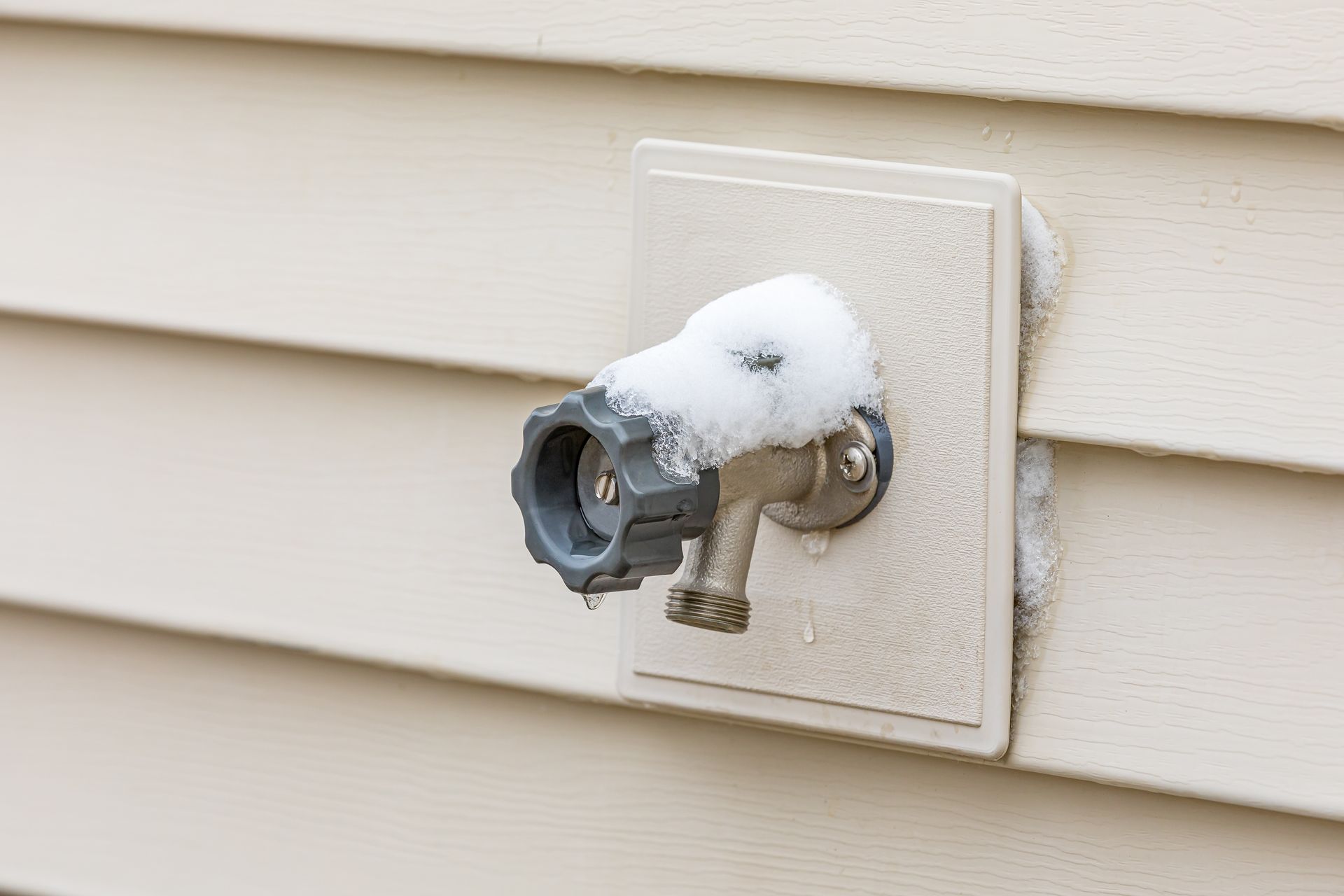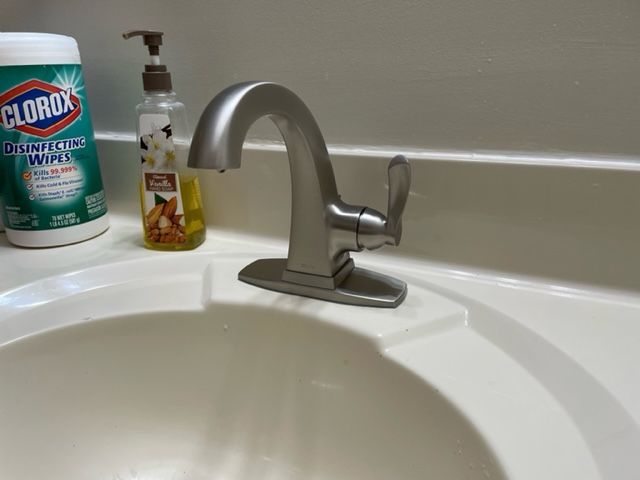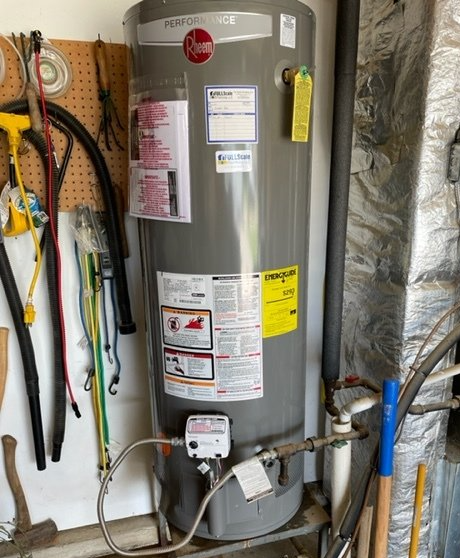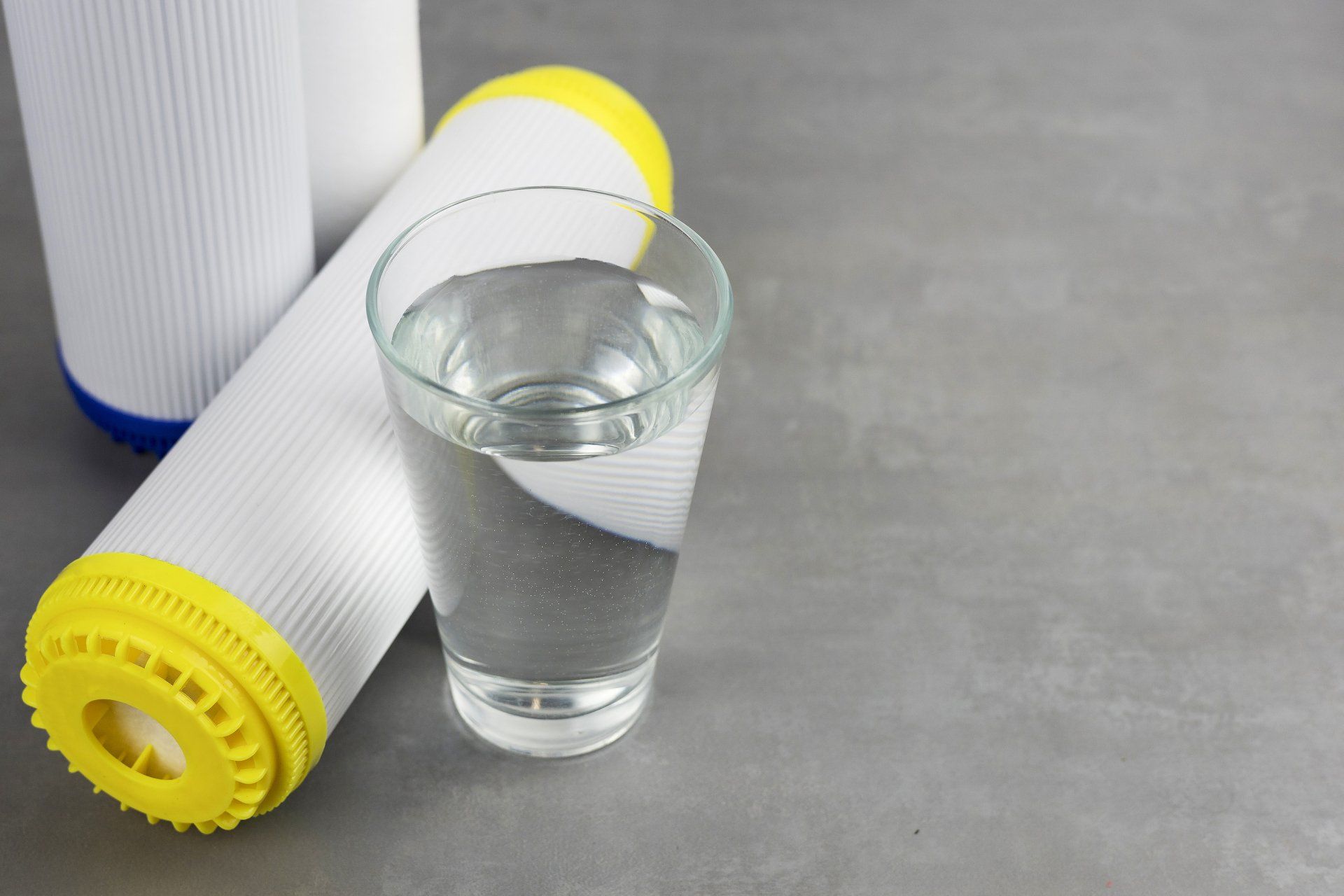Avoiding Frozen Pipes: Your Comprehensive Winter Plumbing Guide
Winter brings a picturesque blanket of snow, cozy nights by the fireplace, and unfortunately, the risk of frozen pipes. As temperatures plummet, the threat of frozen plumbing becomes a real concern for homeowners. In this winter plumbing guide, we'll explore practical tips to help you safeguard your pipes, ensuring a smooth and stress-free season.
Why Frozen Pipes are a Concern
Frozen pipes can lead to significant damage, including burst pipes, water leaks, and costly repairs. As water freezes, it expands, creating immense pressure within the pipes. This pressure can result in cracks or ruptures, causing water to flood your home when the pipes thaw. To prevent this nightmare scenario, follow these proactive steps.
Insulate Your Pipes
One of the most effective ways to prevent frozen pipes is to insulate them properly. Focus on exposed pipes in unheated areas, such as basements, crawl spaces, and attics. Use pipe insulation sleeves or wrapping to create a barrier against the cold. This simple yet crucial step adds a layer of protection to keep your pipes warm.
Seal Gaps and Cracks
Inspect your home for any gaps or cracks that could allow cold air to reach your pipes. Seal these openings using weather-stripping or caulk to prevent drafts and maintain a warmer environment around your plumbing.
Keep Interior Spaces Warm
Maintain a consistent temperature within your home, especially during cold nights. Set your thermostat to a minimum of 55 degrees Fahrenheit, even when you're away. This helps ensure that the ambient temperature is sufficient to keep your pipes from freezing.
Let Faucets Drip
Allowing faucets to drip slightly can relieve pressure in the pipes, reducing the risk of freezing. Even a small, steady flow of water can make a significant difference, especially during extremely cold weather.
Open Cabinet Doors
For pipes located under sinks, open the cabinet doors to allow warm air to circulate around them. This simple act helps prevent these vulnerable pipes from succumbing to freezing temperatures.
Disconnect and Drain Outdoor Hoses
Before the deep freeze sets in, disconnect and drain outdoor hoses. Failing to do so can lead to water backup into the pipes, increasing the likelihood of freezing and subsequent damage.
Consider Pipe Heating Cables
For added protection, invest in pipe heating cables. These cables wrap around pipes and provide a regulated heat source to prevent freezing. They are particularly useful for vulnerable sections of plumbing that are more exposed to the elements.
Conclusion
By taking proactive measures to protect your plumbing during the winter, you can avoid the headache and expense of dealing with frozen pipes. Whether through insulation, maintaining a warm interior, or using specialized heating solutions, these simple steps can make a significant difference in preserving the integrity of your plumbing system. Stay warm, stay prepared, and enjoy a worry-free winter season!
For professional assistance with your plumbing needs, contact Full Scale Plumbing today. Our experienced team is here to help ensure your home stays comfortable and dry all winter long.
